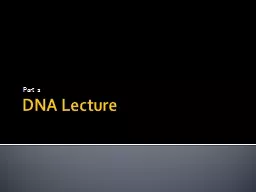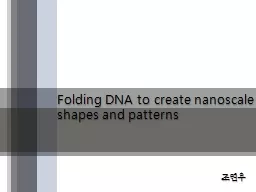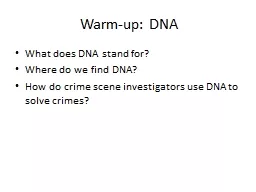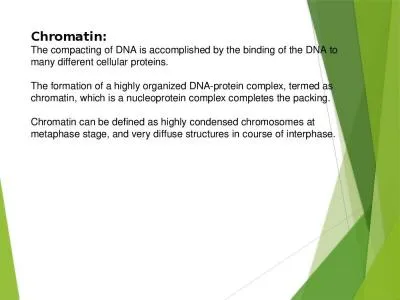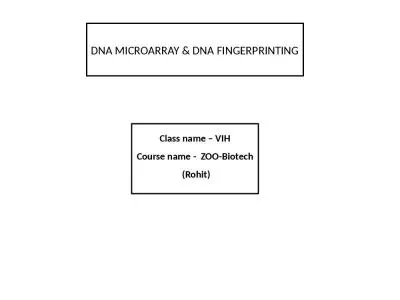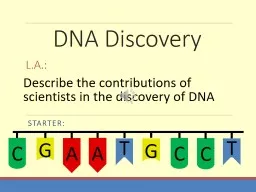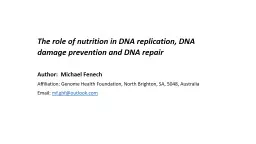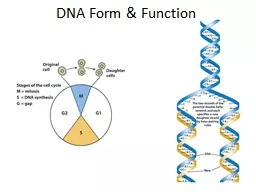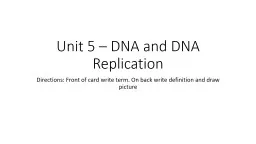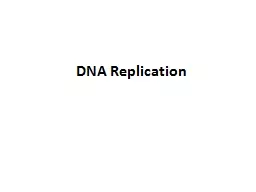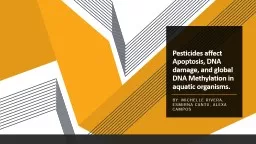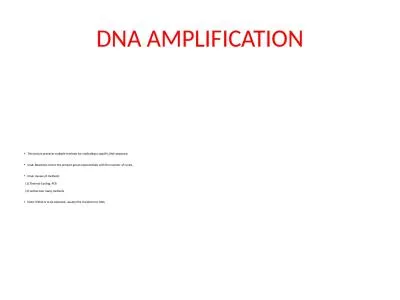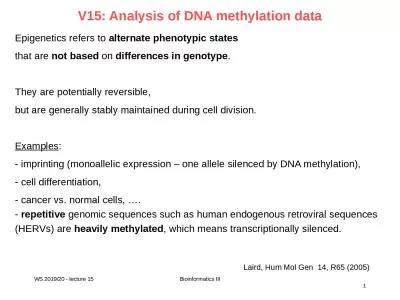PPT-DNA Lecture
Author : celsa-spraggs | Published Date : 2017-01-30
Part 2 DNA Topology Some of the following slides and text are taken from the DNA Topology lecture from Doug Brutlags January 7 2000 Biochemistry 201 Advanced Molecular
Presentation Embed Code
Download Presentation
Download Presentation The PPT/PDF document "DNA Lecture" is the property of its rightful owner. Permission is granted to download and print the materials on this website for personal, non-commercial use only, and to display it on your personal computer provided you do not modify the materials and that you retain all copyright notices contained in the materials. By downloading content from our website, you accept the terms of this agreement.
DNA Lecture: Transcript
Download Rules Of Document
"DNA Lecture"The content belongs to its owner. You may download and print it for personal use, without modification, and keep all copyright notices. By downloading, you agree to these terms.
Related Documents

